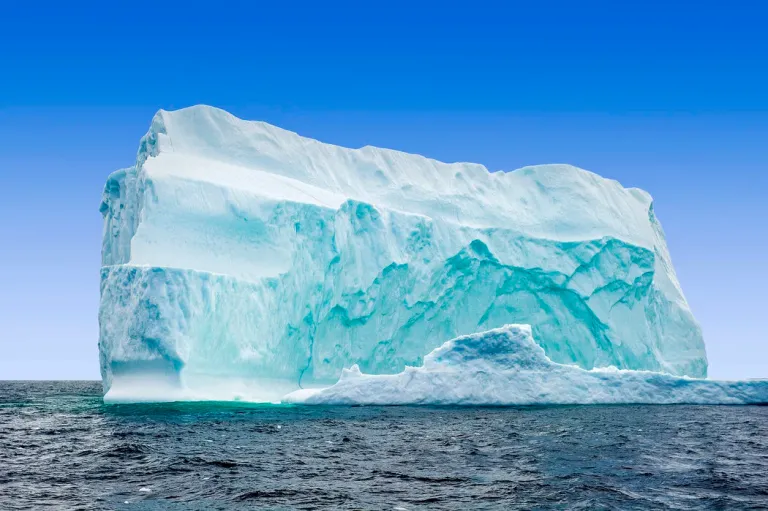Researchers in Japan have discovered a new form of ice, called ice 0, that can trigger the formation of ice crystals in supercooled water. Their work shows that ice nucleation can occur through ice-like structures near the surface of water droplets, resolving a long-standing debate. These findings have important implications for a variety of fields, including climate research and food science, improving our understanding of ice formation.
Ice is much more complex than most people think; science has identified more than 20 different types that form under different combinations of pressure and temperature. The type we use to cool our drinks, known as ice I, is one of the few forms that occur naturally on Earth. Recently, researchers in Japan discovered another type: ice 0, an unusual type of ice that can trigger the formation of ice crystals in supercooled water.
Ice formation near the surface of liquid water can begin with small precursor crystals that have a structure similar to a rare type of ice known as ice 0. Nature Communication Researchers from the Frost Science Protection Social Collaboration Research Unit at the University of Tokyo’s Institute of Industrial Sciences have shown that these ice-0-like structures can cause a water droplet to freeze near its surface rather than its center. The discovery solves a long-standing mystery and could help revise our understanding of how ice forms.
Ice formation process
Ice crystallization, known as ice nucleation, usually occurs heterogeneously, that is, on a solid surface. This usually occurs at the surface of a container of water, where liquid meets solid. But this new study shows that ice crystallization can also occur just below the surface of the water, where it meets air. Here, the ice nucleates around small progenitors that have the same characteristic ring-like structure as ice 0.
“The simulations showed that the water droplet has a high probability of crystallizing near the free surface under isothermal conditions,” says lead author Gang Sun. “This resolves the long-standing debate about whether crystallization occurs more easily on the surface or inside.”
Ice 0 Previous
The precursors of ice 0 have a structure very similar to that of supercooled water, which allows water molecules to crystallize more easily from it without having to directly form the structure of ordinary ice. Small precursors of ice (0) form spontaneously as a result of the negative pressure caused by the surface tension of water. Once crystallization begins from these precursors, the ice 0-like structures quickly rearrange into the more familiar ice I.
Senior author Hajime Tanaka highlights the far-reaching implications of this research, stating: “Discoveries regarding the mechanism of surface water crystallization are expected to make significant contributions to various fields, including climate research and food science, in which water crystallization plays an important… critical role.”
A more detailed understanding of ice and how it forms could provide valuable insights into a variety of areas of science. This work could be particularly important in meteorology, where ice formation by ice-0-like progenitors can have a much more pronounced effect on small water droplets, such as those found in clouds. Understanding ice could also have benefits in technology, from food science to air conditioning.
Source: Port Altele
